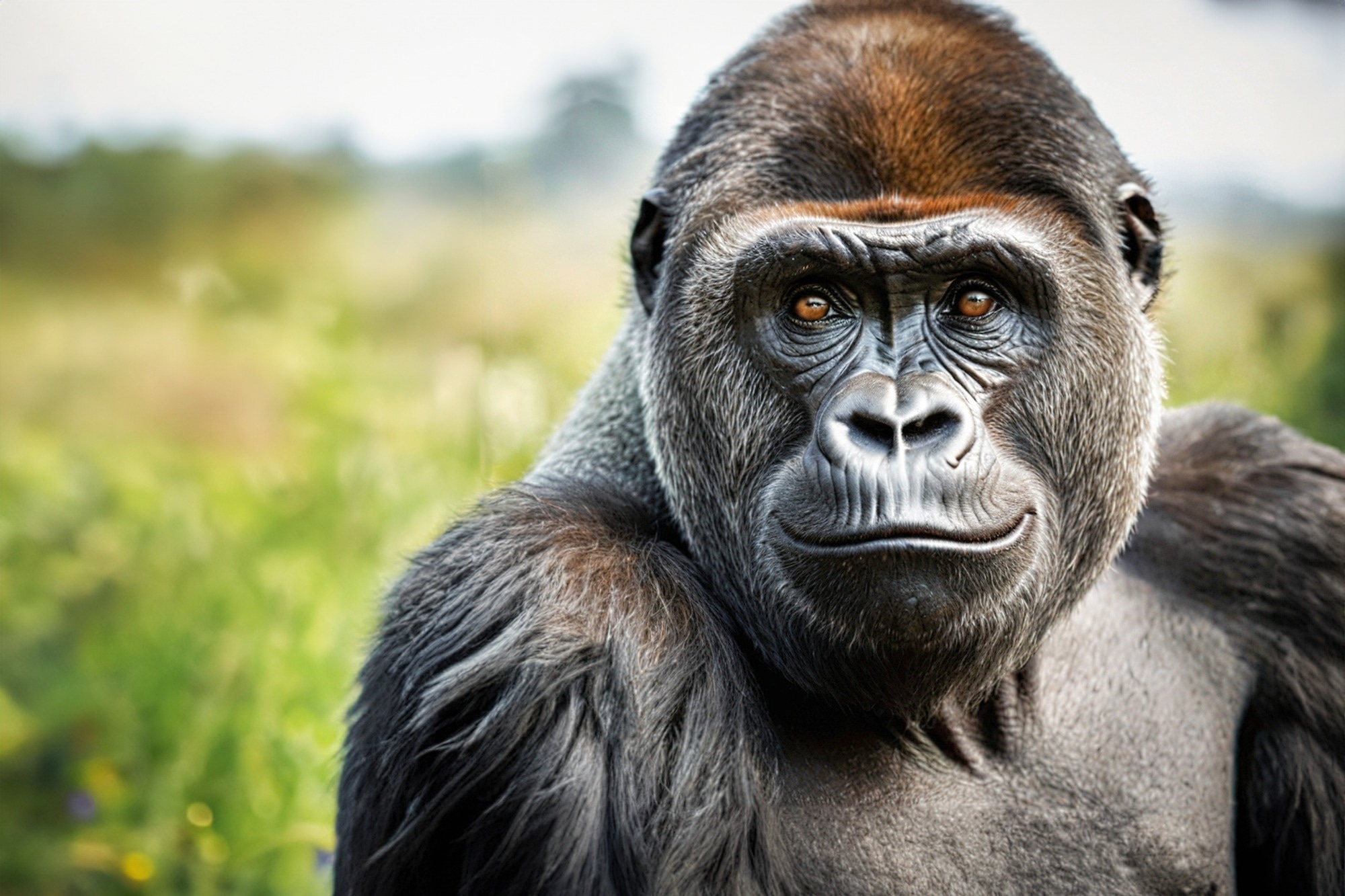Viral history unlocked: How ancient museum specimens are rewriting the story of DNA virus evolution and their connections to today’s outbreaks.
Study: Screening great ape museum specimens for DNA viruses. Image Credit: Jan Krava / Shutterstock
Scientists at the University of Vienna, Austria, have screened great ape specimens obtained from natural history museums to identify DNA viruses. This groundbreaking study provides unique insights into the historical viromes of great apes and their potential links to modern viral lineages. The findings could be of value for studying DNA virus evolution.
The study is published in the journal Scientific Reports.
Background
Natural history museums preserve a vast collection of fossils and specimens, which serve as valuable scientific resources for studying genetic diversity, ecosystem dynamics, and evolutionary processes.
Museomics is the study of historic or ancient DNA specimens preserved in museums. This innovative field leverages modern DNA sequencing techniques to reconstruct ancient and historical genomes, offering a deeper understanding of biodiversity through time. These specimens can be used to reconstruct ancient genomes using high-throughput DNA sequencing techniques.
The study of infectious diseases is an interesting area in Museomics. Ancient microbial genetic materials have immense potential to shed light on the evolution and transmission of infectious pathogens.
Viral genomes reconstructed from archaeological specimens have shown that nonhuman primates, such as great apes, host a broad range of viruses with a DNA genome (DNA viruses). Co-phylogenetic analyses have shown that DNA viruses are stably associated with their great ape hosts for an extensive time period. These findings underscore the evolutionary interactions between host species and their associated viruses.
In this study, scientists screened 209 great ape museum specimens using high-throughput DNA sequencing to identify DNA viruses. They included both wild and captive great ape species in their analysis.
Specifically, they developed and implemented a bait set that covered a total of 99 different DNA viruses belonging to 13 viral families.

Summaries of reads assigned to different virus domains and families. (A) Proportion of virus-assigned reads based on kraken2 across 214 libraries, stratified by realm and by family (for DNA viruses and Retroviridae). (B) Number of libraries with any read assigned to virus families. (C) Number of libraries with at least 25 reads assigned to virus families.
Important observations
Scientists extracted DNA from great ape museum specimens and sequenced it in search of DNA viruses. The extracted DNA was less fragmented than ancient DNA, as historical museum specimens are typically younger than archaeological specimens.
High-throughput DNA sequencing detected the presence of multiple viruses from museum specimens. Six complete viral genomes were obtained, including three hepatitis B virus genomes and three monkeypox virus genomes. Hepatitis B virus genomes were identified in one gorilla and two chimpanzees, and monkeypox virus genomes were identified in three orangutans.
The high-coverage hepatitis B virus genome was very similar to the genome sequenced previously from the blood sample of a wild-born western lowland gorilla from southern Cameroon. The gorilla specimen analyzed in the current study was also from Cameroon, sampled more than 40 years ago. This continuity of viral lineage demonstrates the stable association between certain viruses and their host species over time.
The other two hepatitis B viral genomes obtained from chimpanzees exhibited a deeper divergence from the closest identified reference genomes.
Two hepatitis B genomes sequenced in this study, one from a wild-born Nigeria-Cameroon chimpanzee, were very similar to the genome previously sequenced from the specimen of a chimpanzee from Angola, a Southern African country.
Another hepatitis B genome from a chimpanzee from central Cameroon showed the closest match to the genome reported from Conkouati-Douli National Park, Congo.
Three orangutans yielding monkeypox virus genomes were from a zoo in Sumatra, an Indonesian island. However, the zoo’s name was not specified in the museum documents. Scientists stated that there was a monkeypox outbreak in Rotterdam Zoo in 1964–1965, during which six out of nine infected orangutans died.
The genetic similarity of the monkeypox genomes sequenced in this study to those from the Rotterdam outbreak strongly suggests that the sampled orangutans were victims of this epidemic.
Study significance
The study highlights the presence of several DNA viruses in specimens of great apes obtained from natural history museum collections.
The most notable finding is the detection of high-coverage (greater than 18-fold) hepatitis B virus genomes from one gorilla and two chimpanzees. The reconstruction of near-complete viral genomes from these specimens and their placement in the phylogenetic context provides evidence that these viral strains are indeed associated with their respective host species and related to currently circulating viral lineages.
Overall, the study demonstrates the likelihood of viral DNA enrichment and detection from museum specimens of great apes. A study of this kind could provide information on the rates of infection or patterns of transmission between humans and other species.
Scientists faced challenges such as the availability of viral strains within databases and the use of target enrichment, which limited the probability of detecting undescribed historical strains. Another concern was the absence of targeted viruses in some libraries.
Nevertheless, the study showcases the effectiveness of target enrichment strategies, achieving more than a 200-fold enrichment of viral DNA. However, the target enrichment strategy used in the study is efficient and cost-effective in detecting and reconstructing past viral unsampled diversity, given enrichment factors of more than 200-fold.
Scientists highlight the need for spatiotemporal studies of the historical virome using large datasets of viral genomes. Such studies could illuminate patterns of viral transmission and host interaction across geographic and temporal scales, aiding in understanding zoonotic risks and conservation efforts.
Journal reference:
- Hämmerle, M., Guellil, M., Cheronet, O., Sawyer, S., Lizano, E., Rymbekova, A., Gelabert, P., Bernardi, P., Han, S., Rattei, T., Schuenemann, V. J., Guschanski, K., Pinhasi, R., & Kuhlwilm, M. (2024). Screening great ape museum specimens for DNA viruses. Scientific Reports, 14(1), 1-10. DOI: 10.1038/s41598-024-80780-w,
Source link : News-Medica

